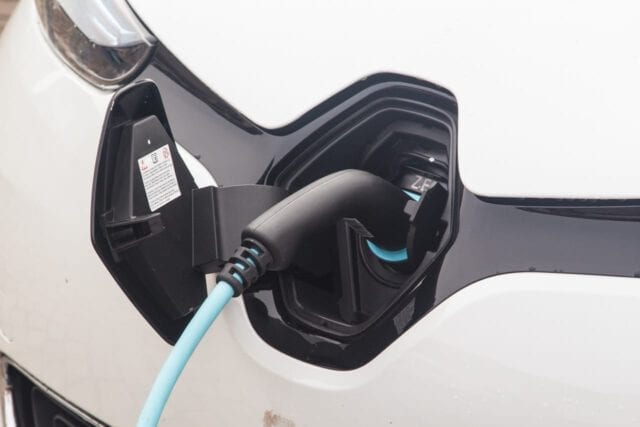Electric cars are considered to be much more environmentally friendly solutions than their combustion counterparts. In terms of exhaust emissions during use, it is indeed so. However, the matter is different if you look at it comprehensively - including production processes.
Lithium production problem
It turns out that the ecological aspects of electric cars should be considered in a slightly wider spectrum. Specifically - the problem is related to production processes that may have negative effects on the environment. Ebiles are powered by electricity, stored in lithium-ion batteries, and their production emits significant amounts of carbon dioxide into the atmosphere. This is the result of a study carried out by the Swedish Environmental Research Institute on behalf of the Swedish government.
Read also: Electric car owners will soon pay more >>>
Surprising results
Mats-Ola Larsson from the Institute, who participated in the research, made calculations that provide information on the emission of carbon dioxide into the atmosphere as a result of the production of batteries for the Nissan Leaf - one of the most popular electric cars. The results are surprising. It turned out that during this process, as many pollutants are released into the atmosphere as would be emitted by a daily diesel vehicle for 2 years and 9 months. In turn, the production of batteries for Tesla is the equivalent of 8 years of internal combustion use of a car.
Obtaining energy is not always ecological
Doubts also arise regarding the energy industry. As far as the case Norway electricity is obtained mainly from hydropower, e.g. in Poland, electricity is still mostly produced in coal-fired power plants. Their share in total production was as much as 82% in 2017.
Read also: The first autonomous container ship in 2020? >>>
Lithium Resource Problems
Not only carbon dioxide emissions are problematic from the point of view of replacing internal combustion engines with electric equivalents. It also turns out that the world's lithium resources may not be enough to fully meet the demand for these cars. And there are many of these - it is estimated that around 750 million cars with internal combustion engines are used around the world.
Internal combustion engines - a problem not only with CO2
It is worth adding that not only carbon dioxide is emitted by internal combustion engines. It is spoken of most often, but the automotive industry is also involved in the release of many other life-threatening substances. As a result of burning fuels, substances such as:
- carbon monoxide CO (so-called "carbon monoxide"),
- HC hydrocarbons and derivatives,
- nitric oxide,
- sulfur oxide, etc.
In addition, the production processes, as a result of which internal combustion vehicles are created, are also distinguished by the emission of pollutants into the atmosphere. The environmental impact of the entire oil industry is not without significance. Both the extraction and distribution of these goods are not indifferent to the environment, and it is debatable whether the production aspects of ebili are less friendly in this respect.
Read also: Are you talking on the phone behind the wheel? You will lose your driving license >>>
Research and reports needed
Resolving the question of whether the use and production of electric cars are harmful to nature requires more research and comparative reports. The common opinion is that the use of these vehicles is the so-called “zero emissions”. As it turns out, taking into account production processes, these pollutant emissions are not zero. It is debatable whether combustion cars are more or less nature-friendly in a broader spectrum. In both cases, many aspects must be taken into account, from production, through distribution, to everyday operation.




